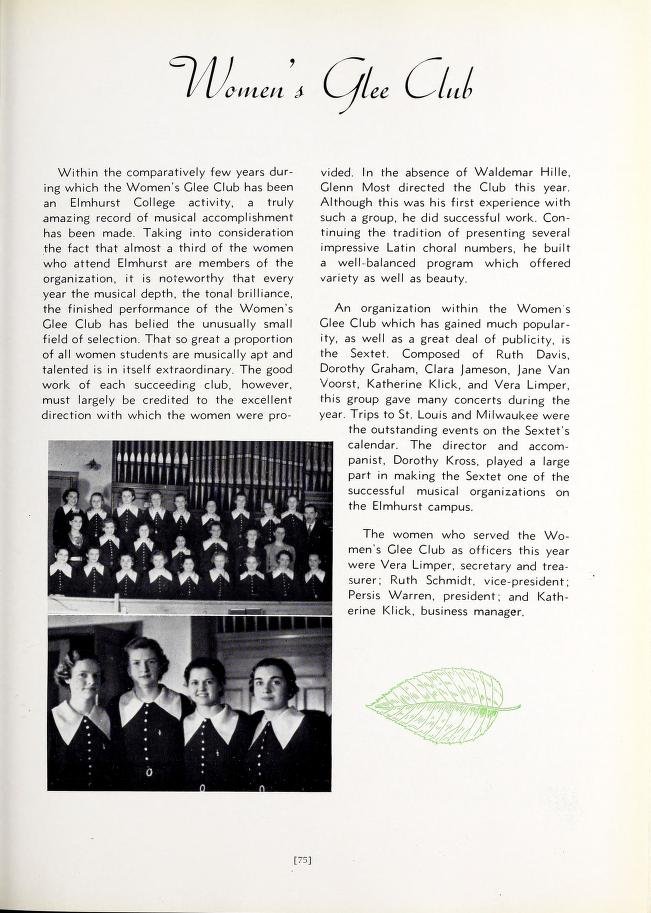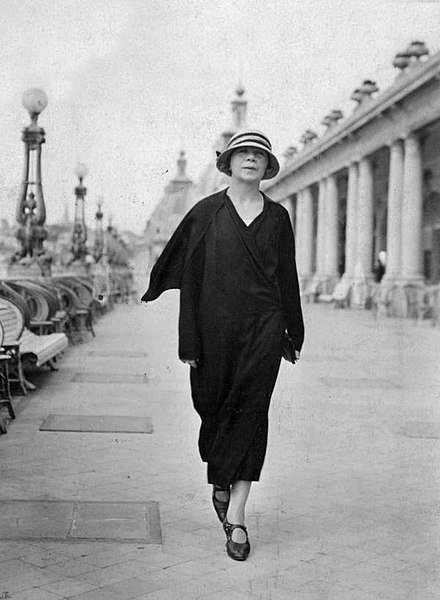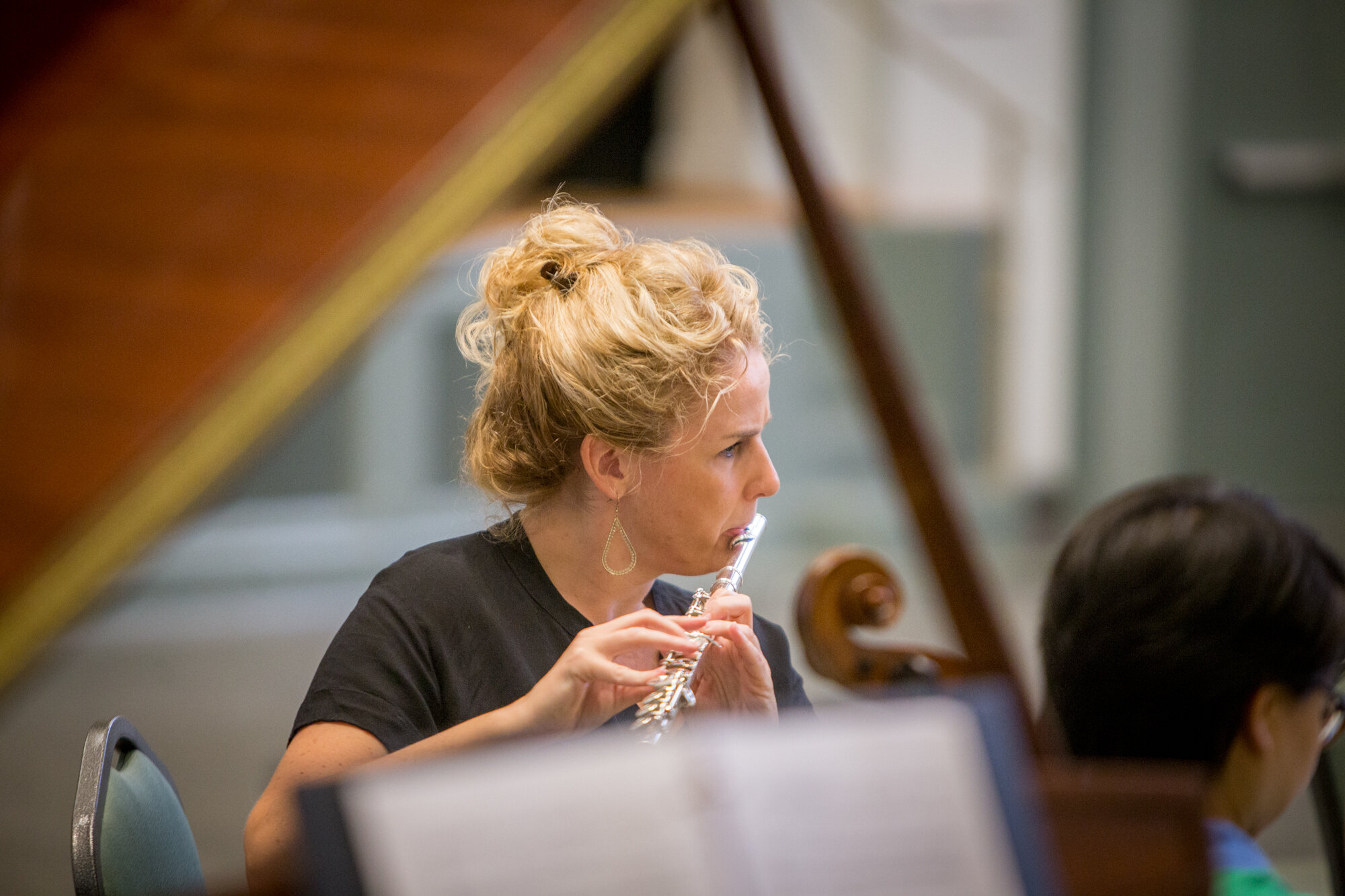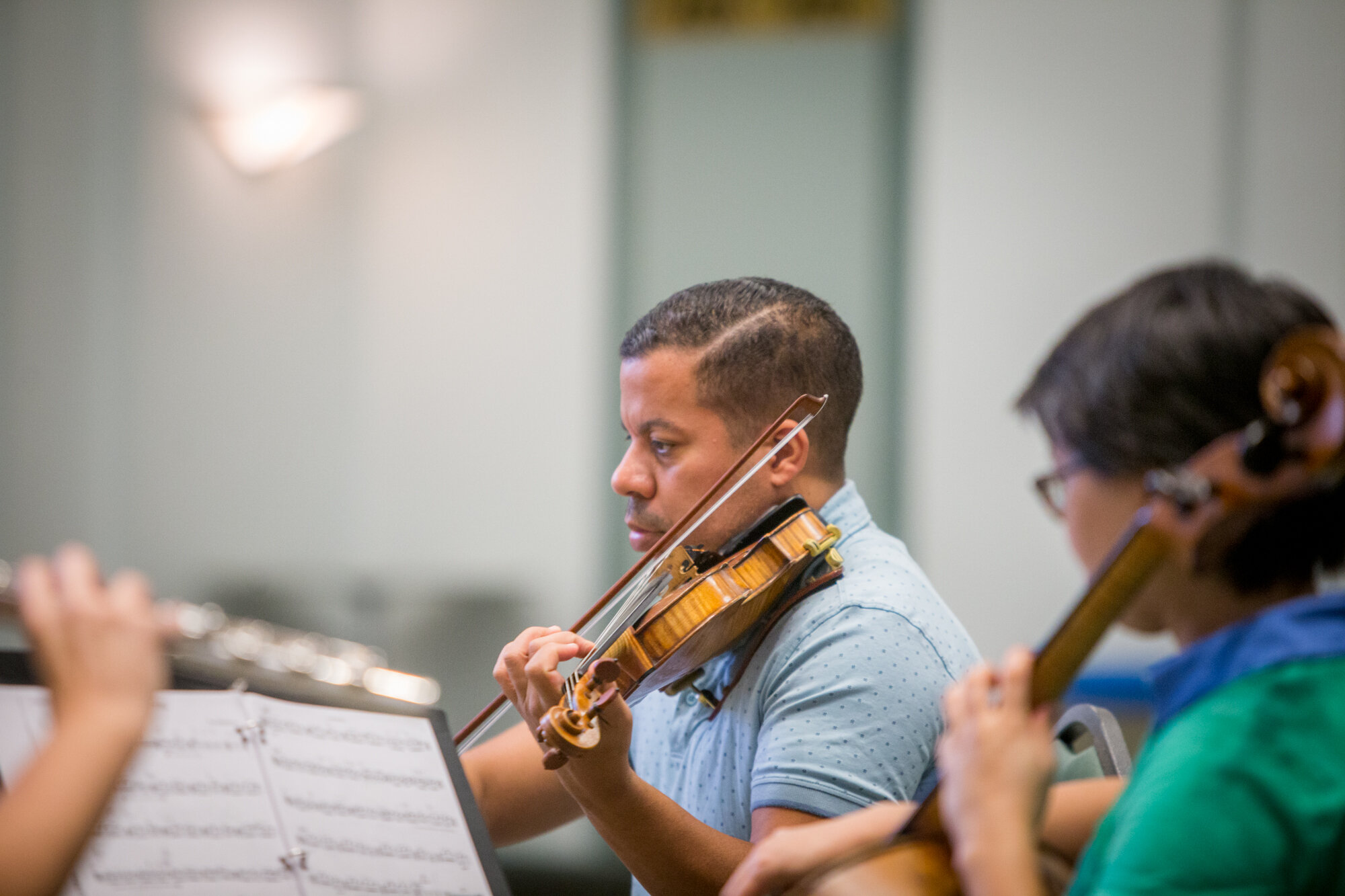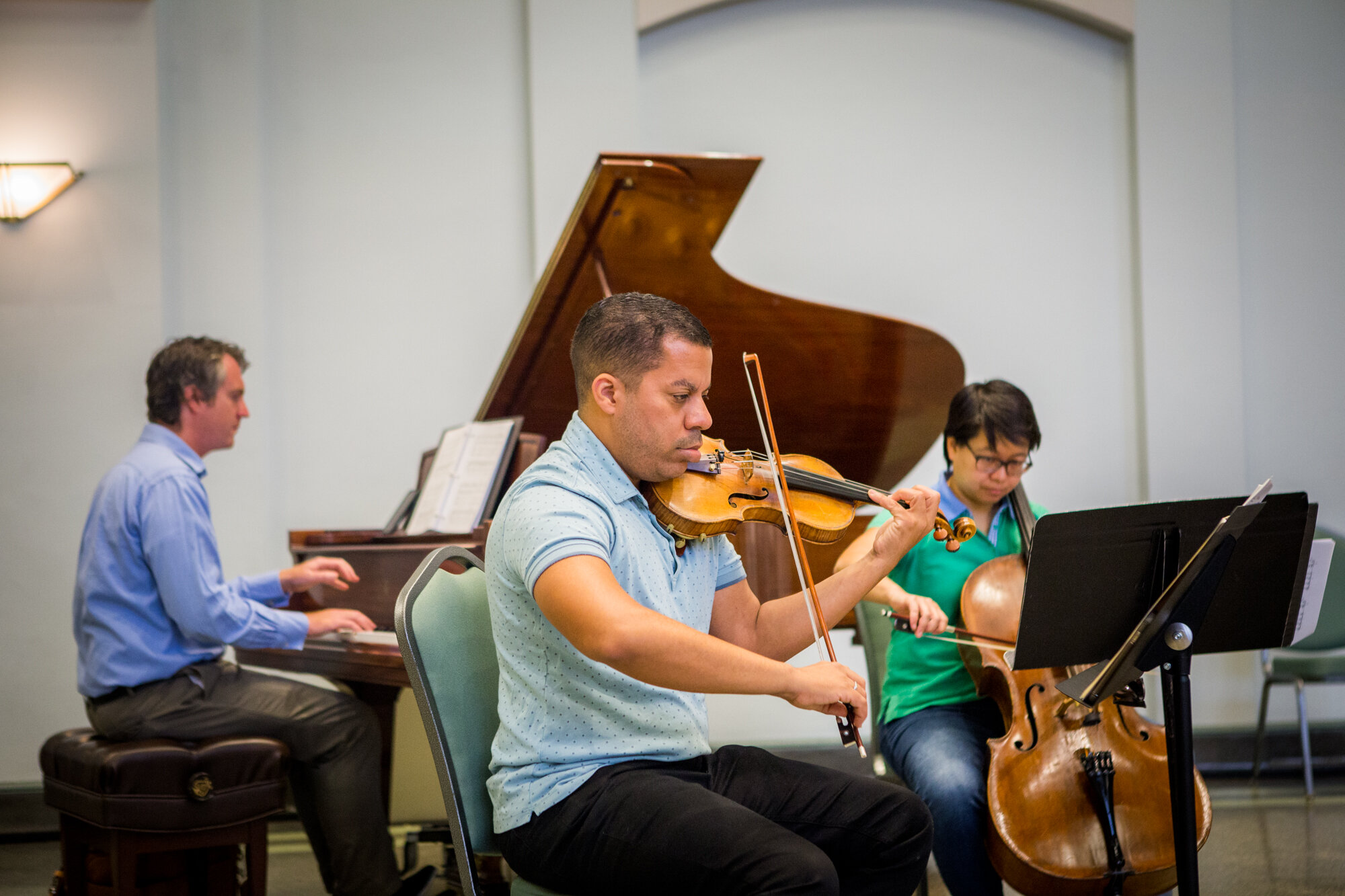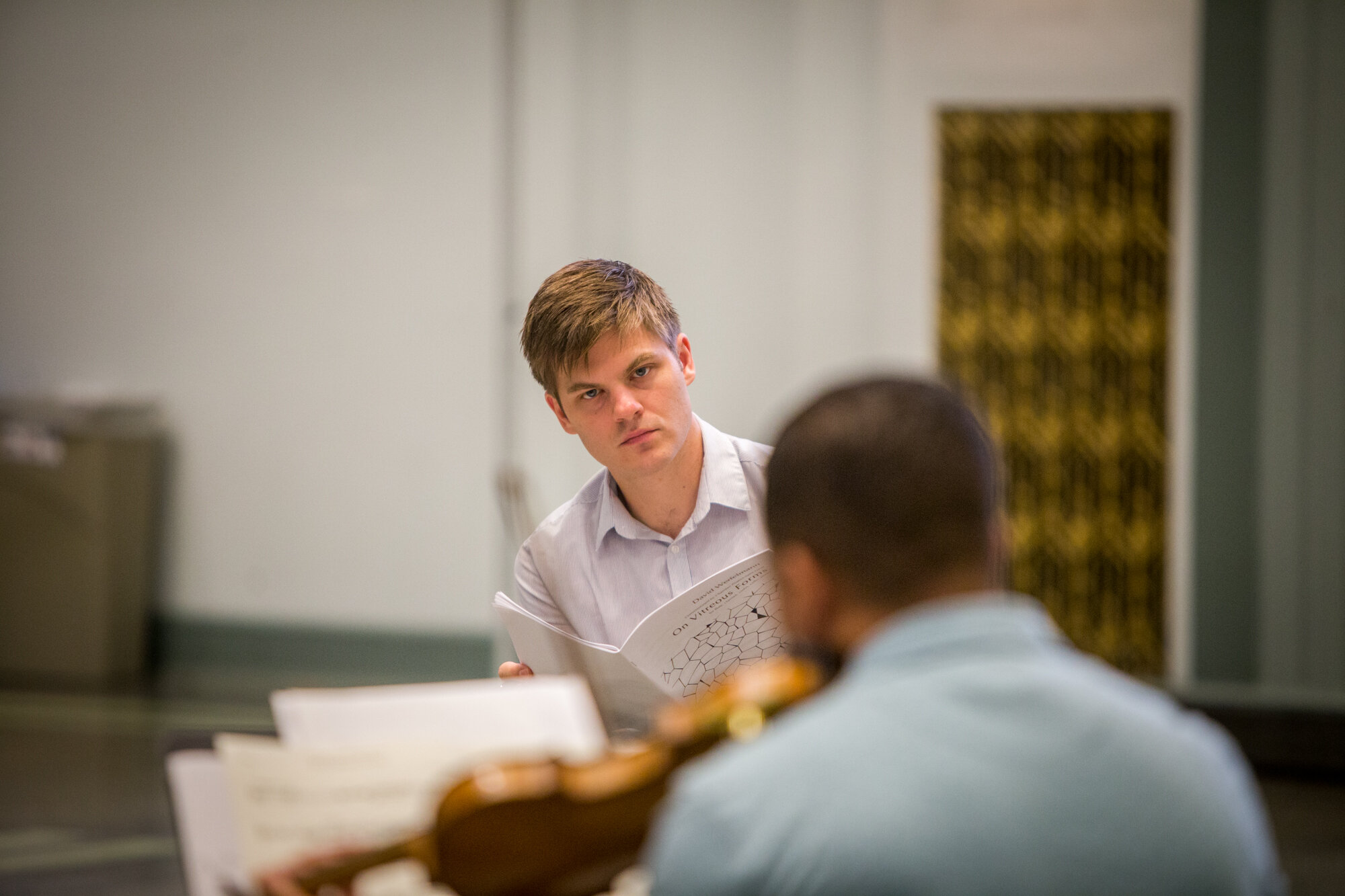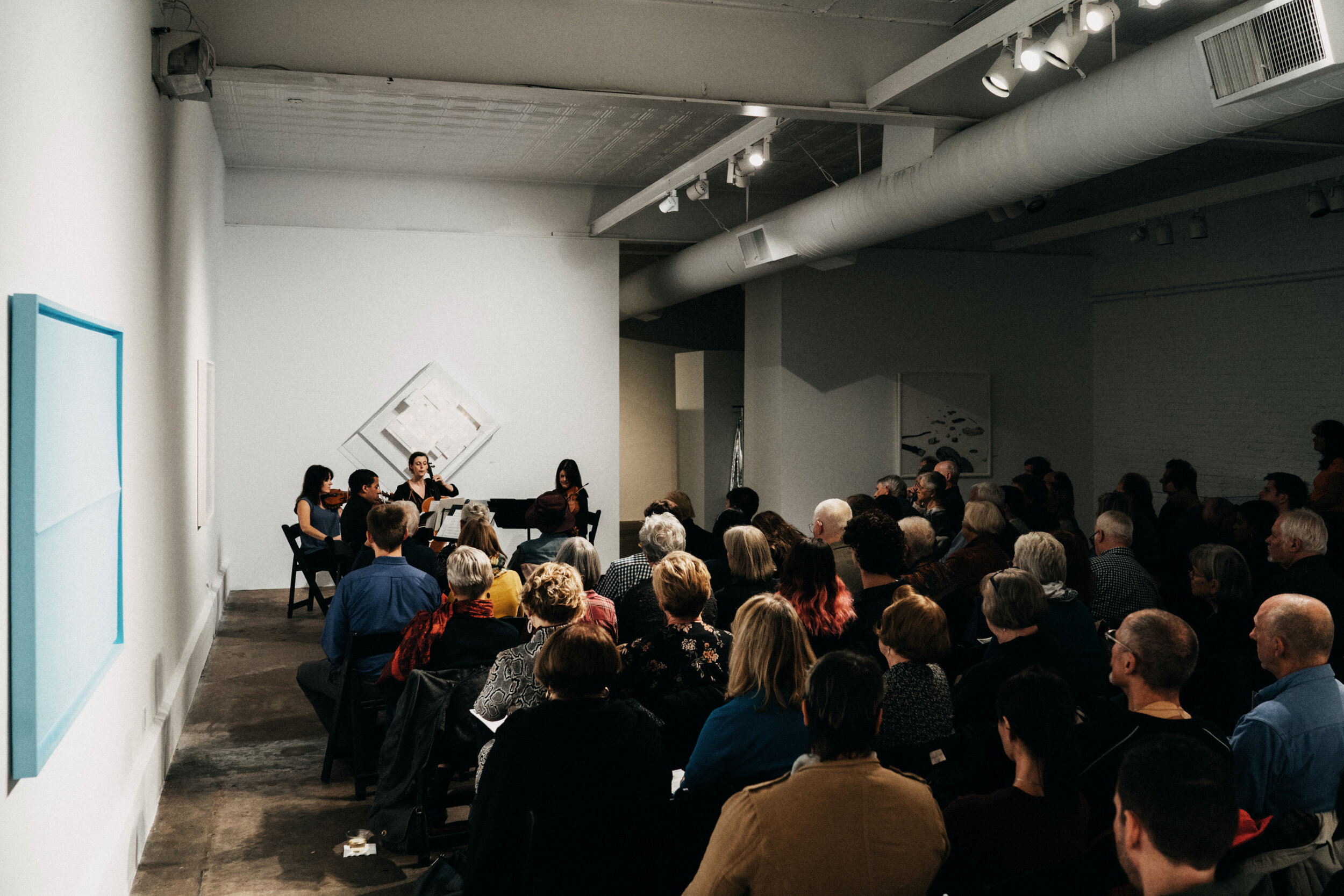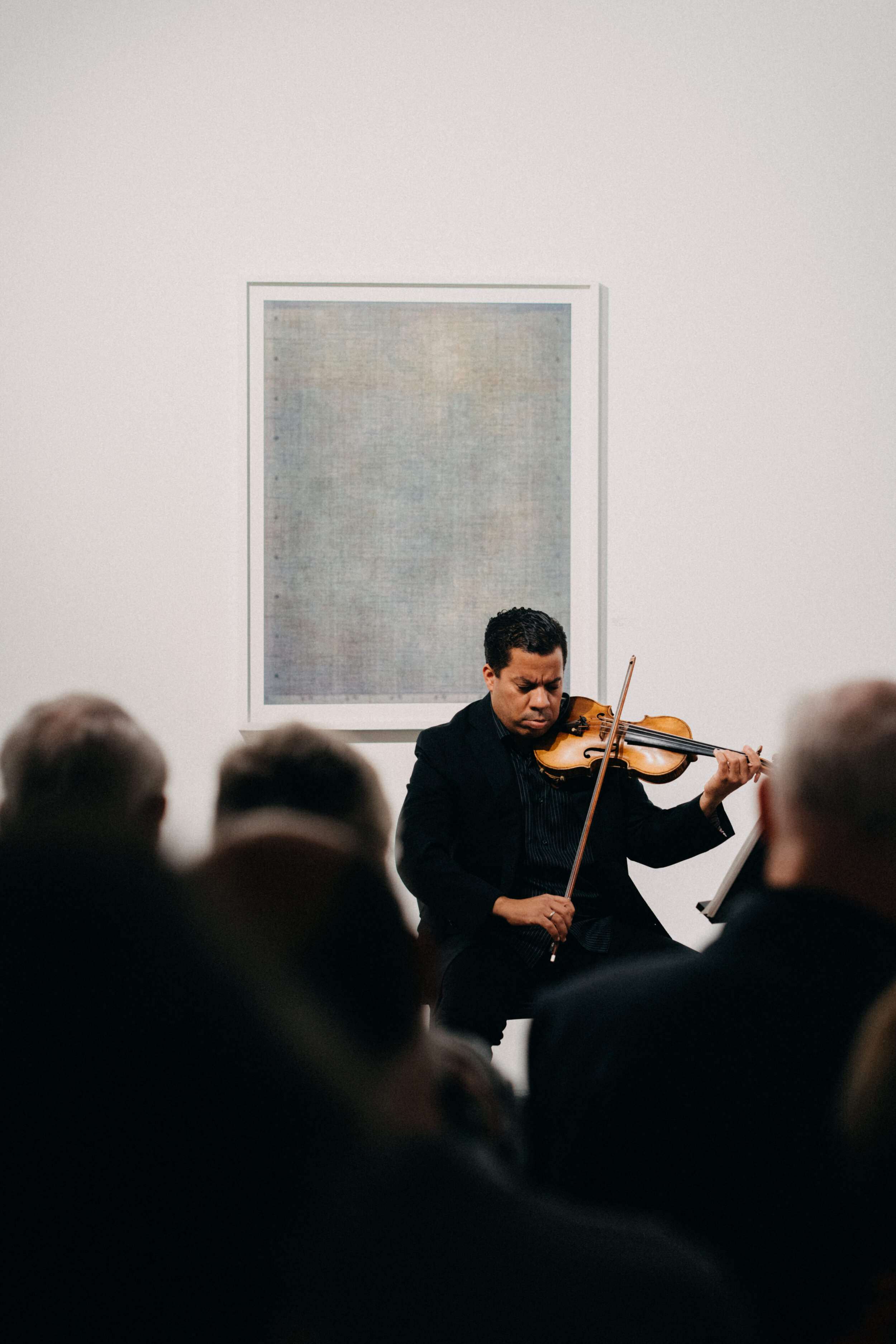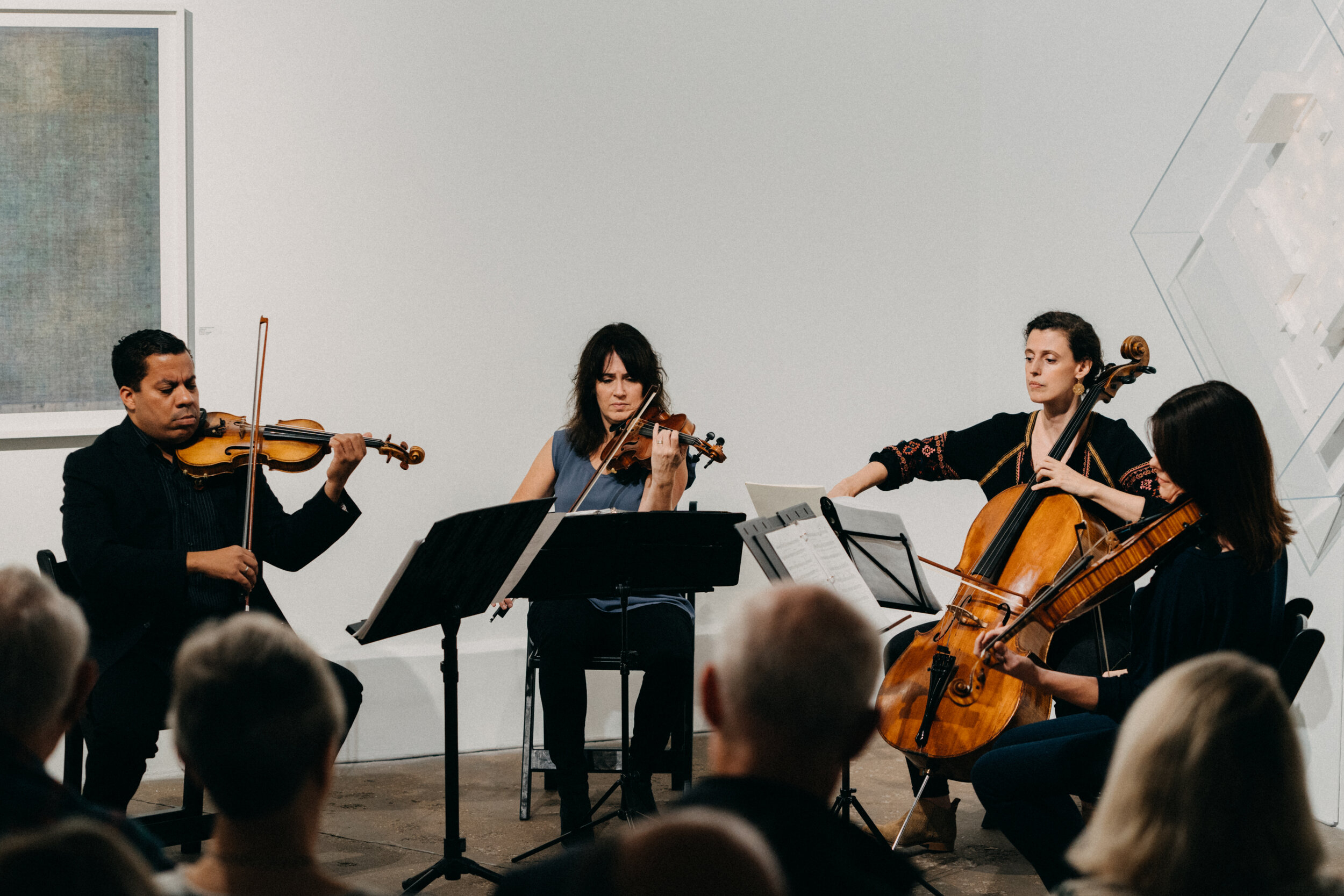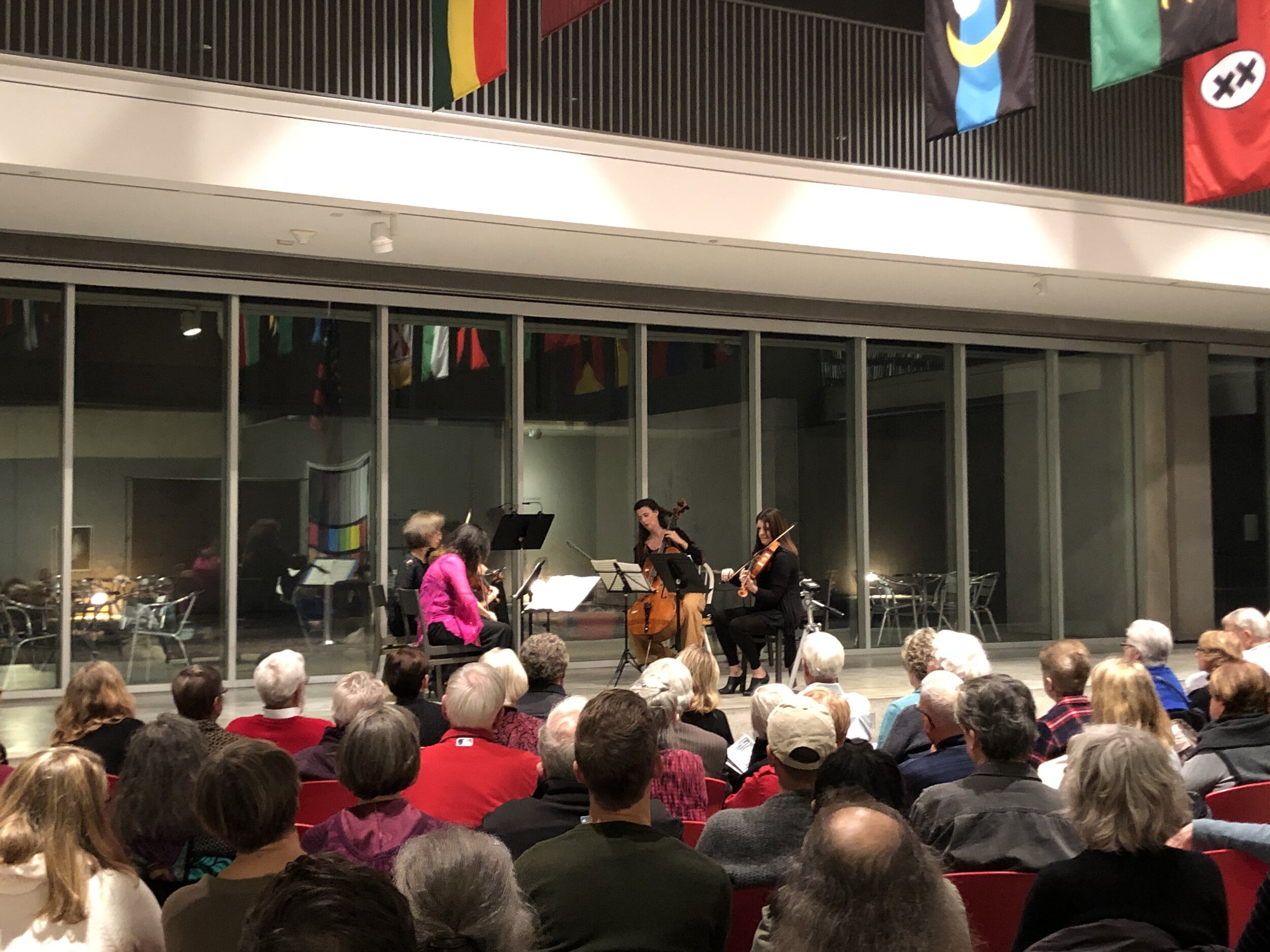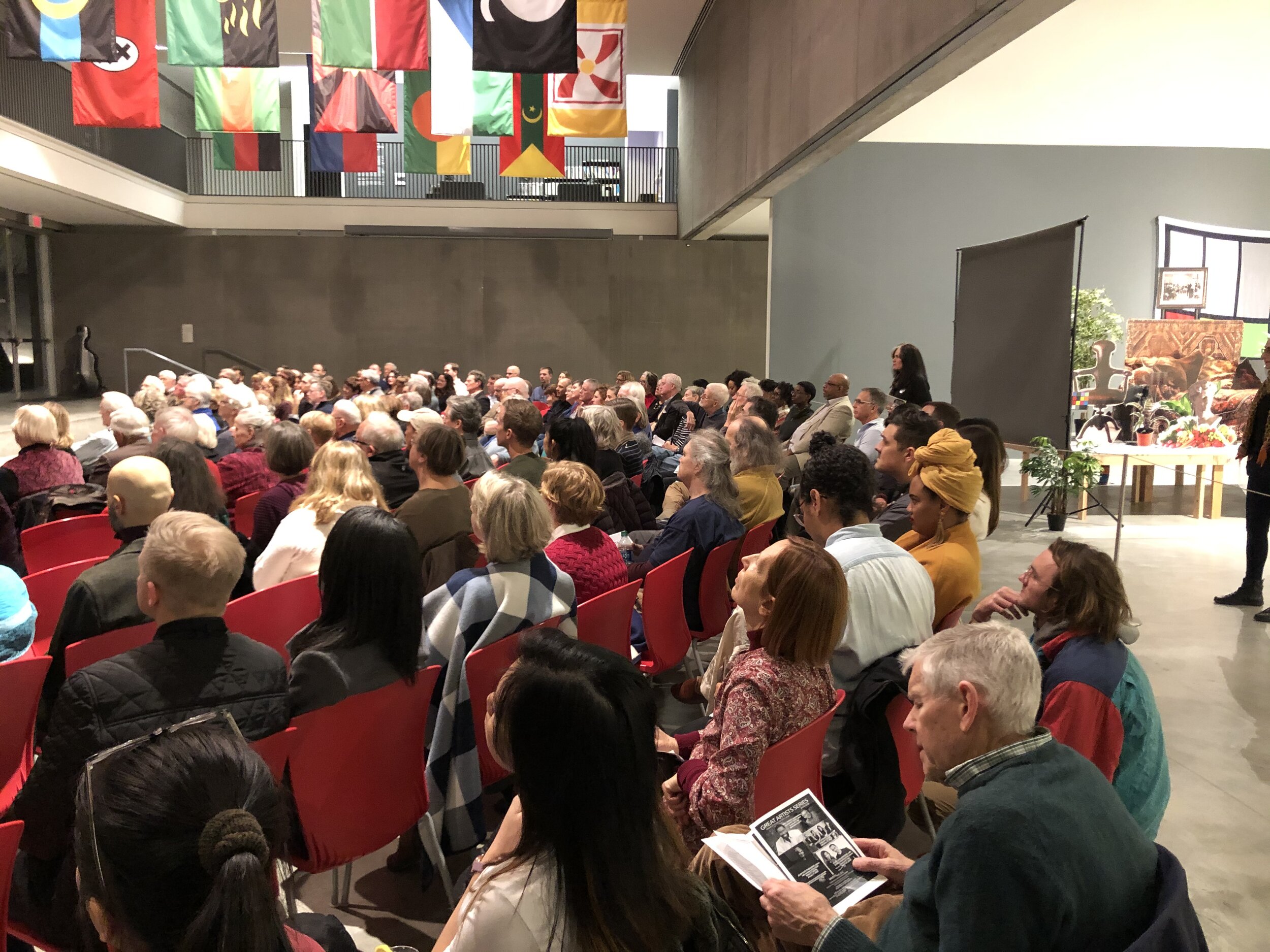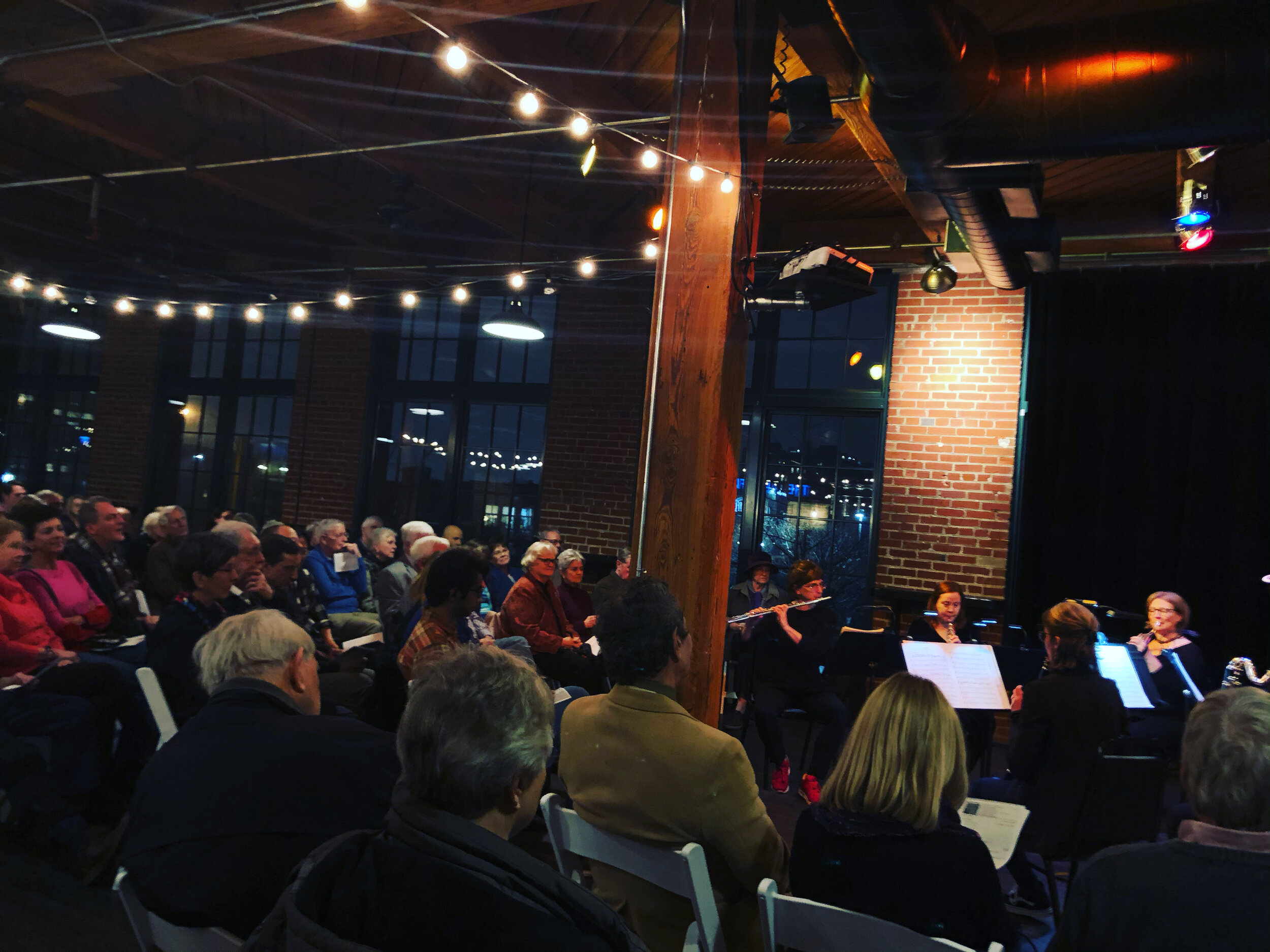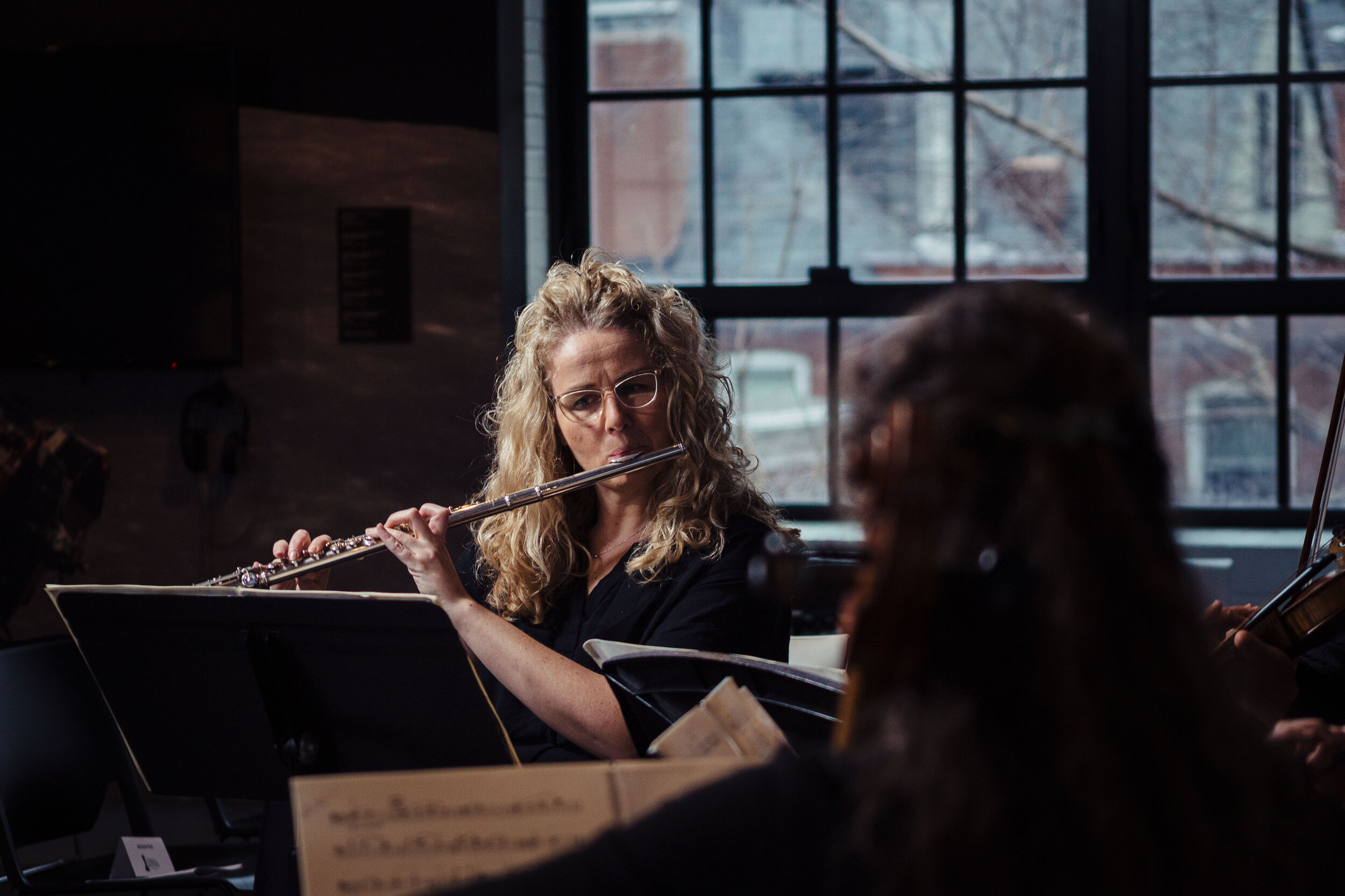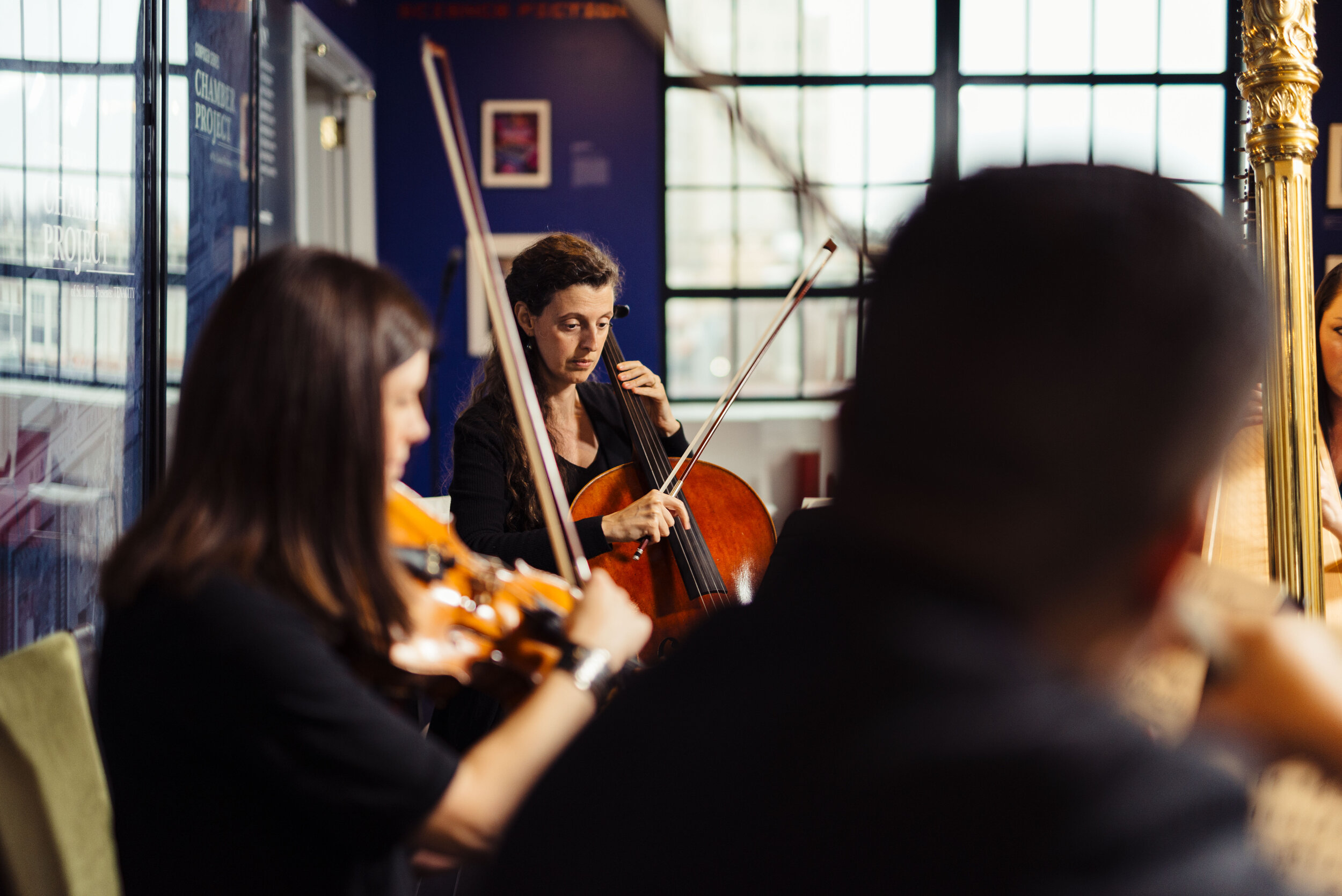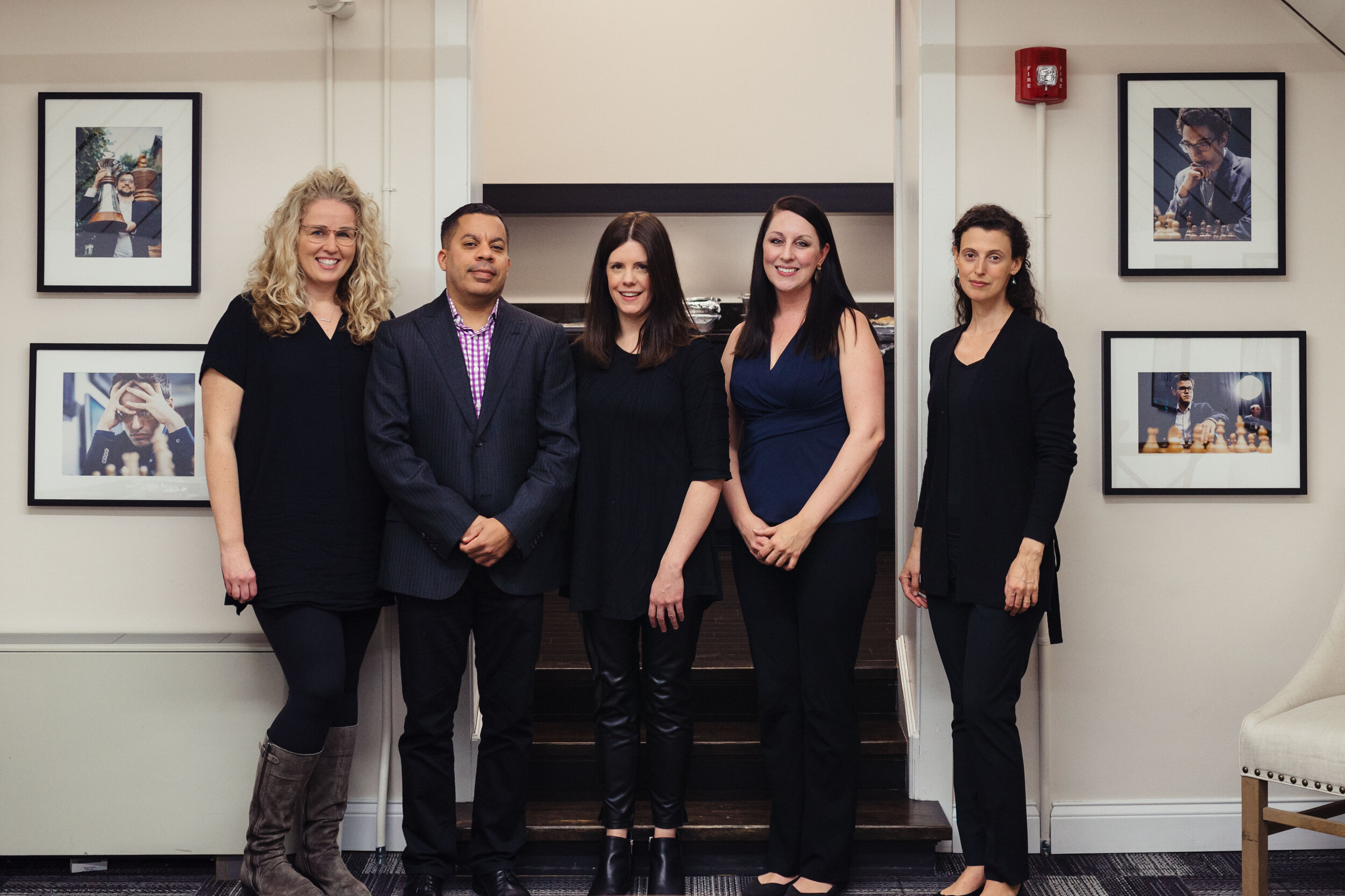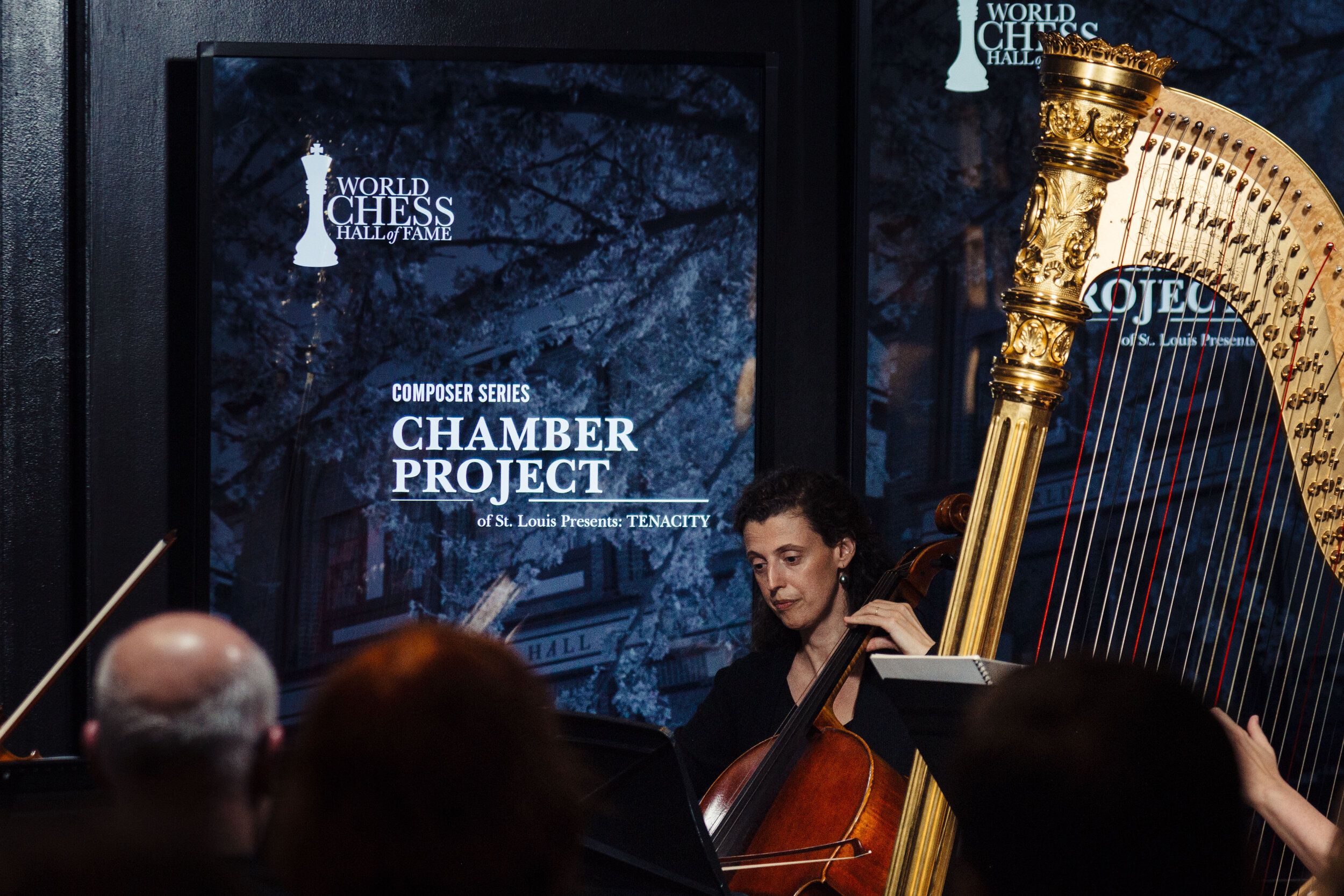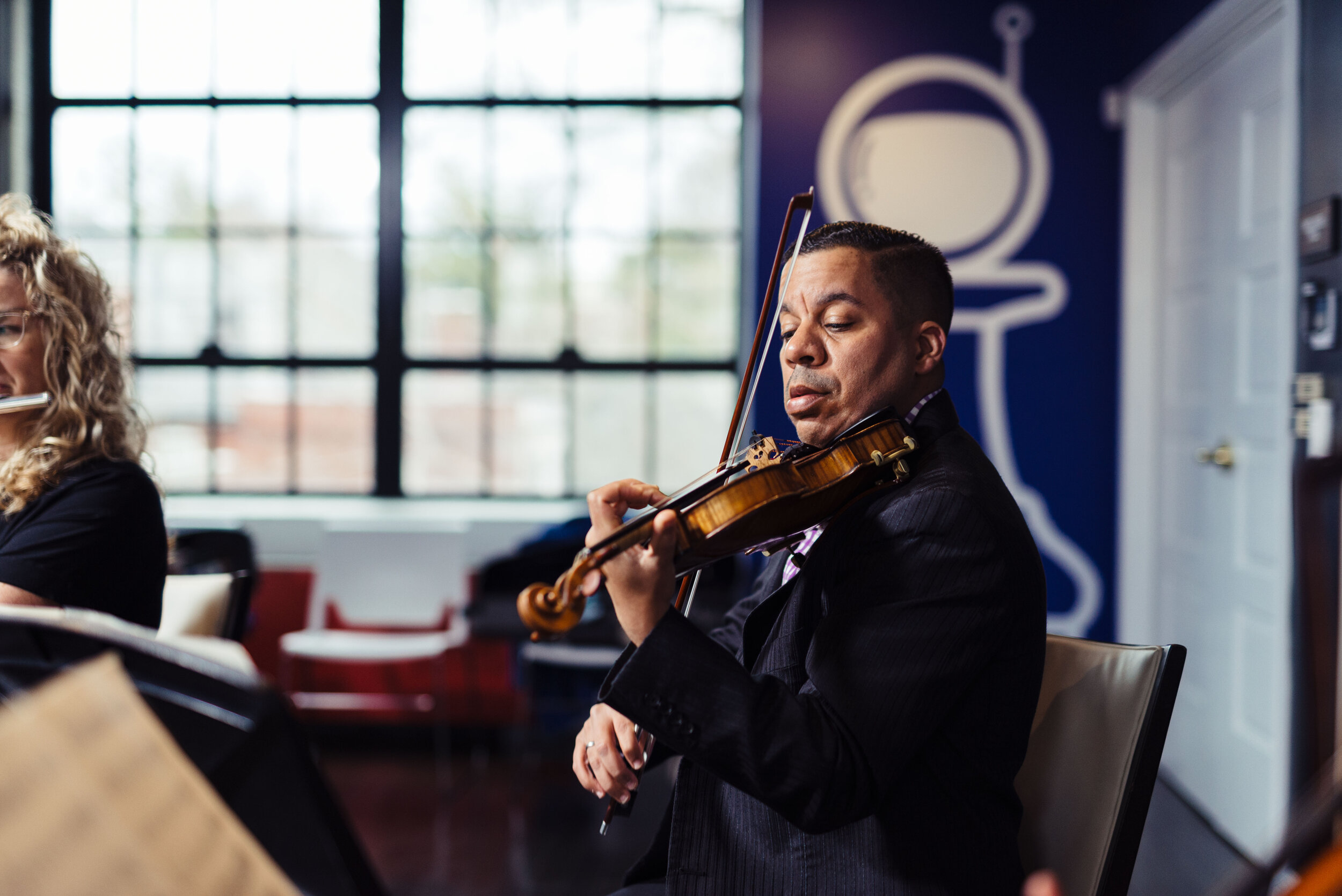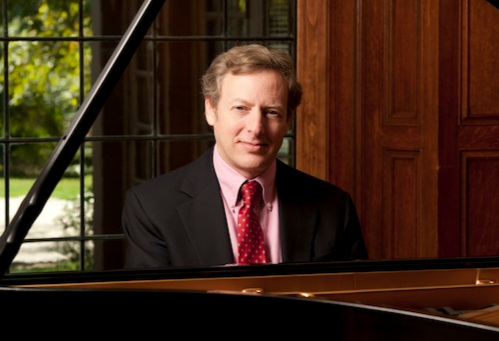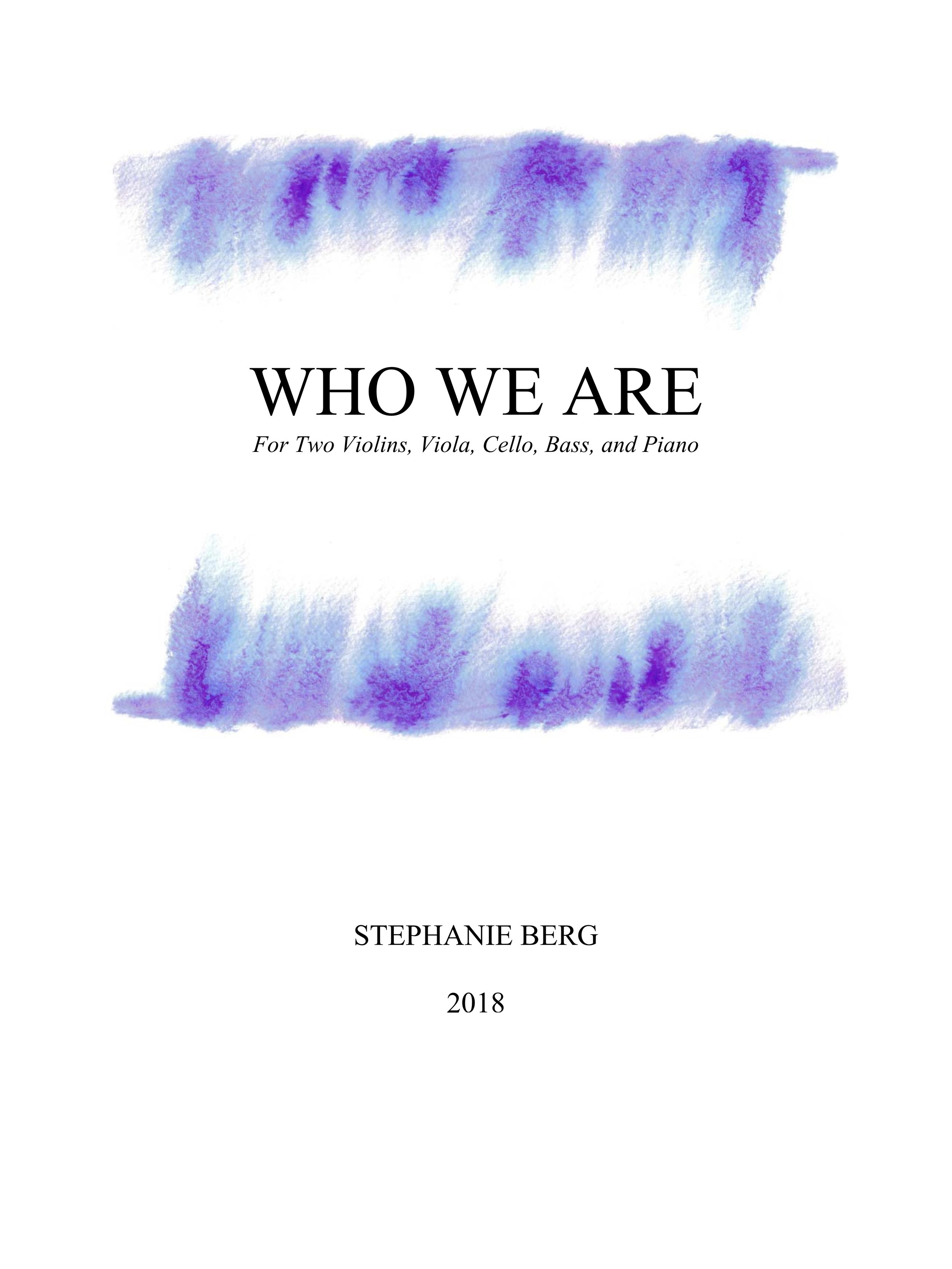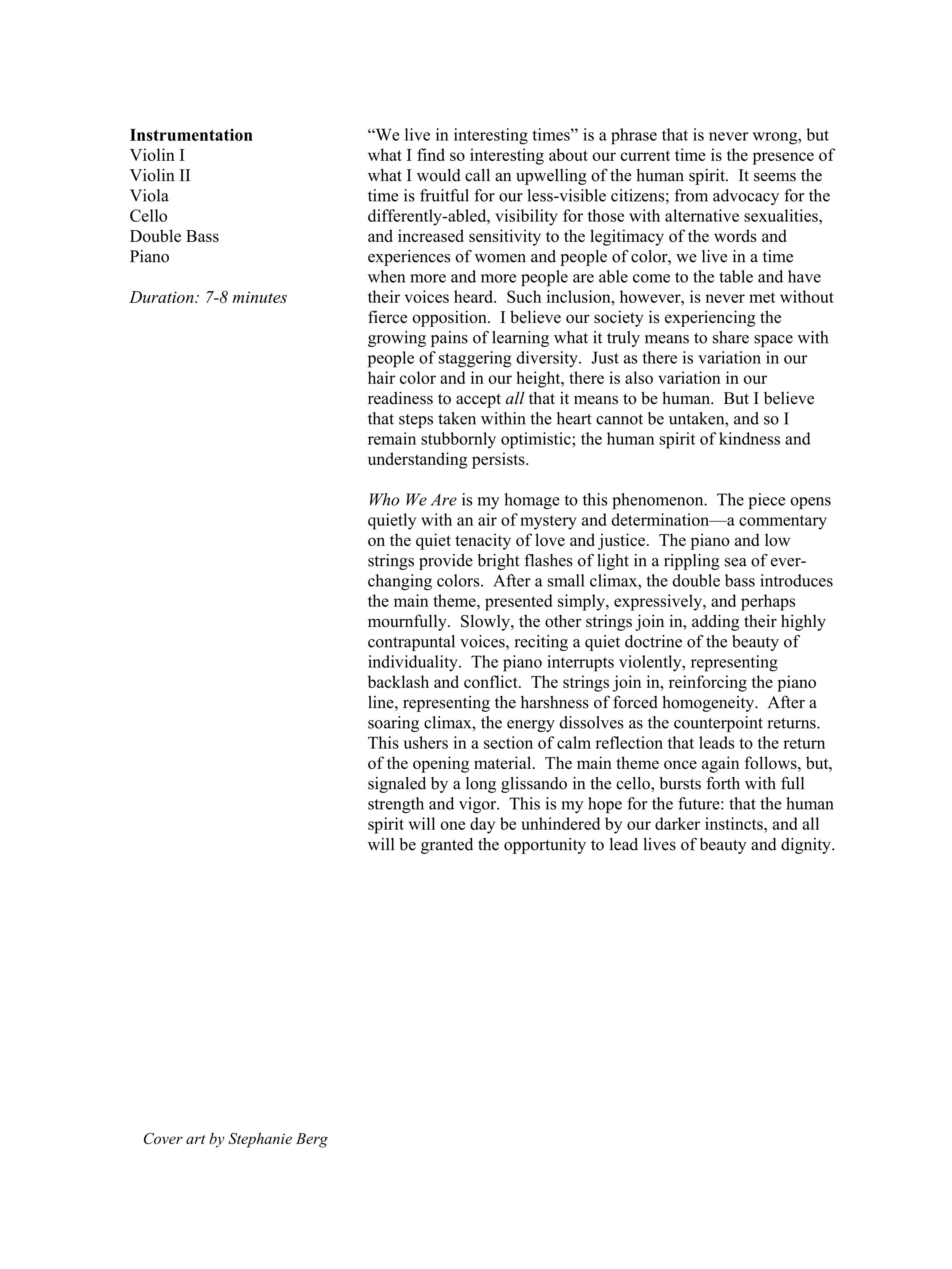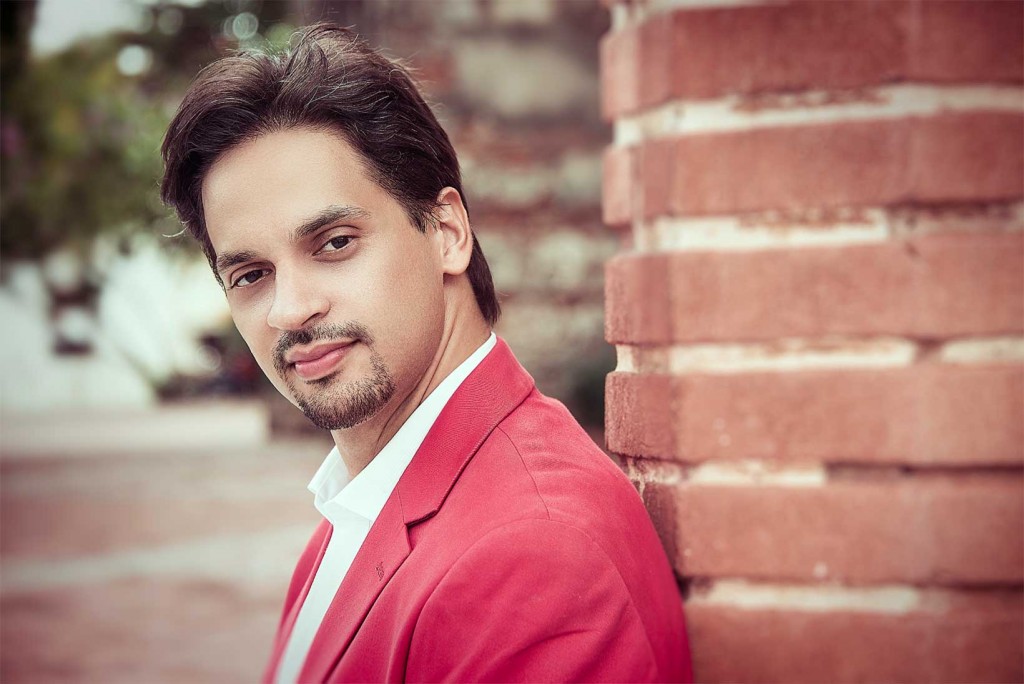Tell us a little about your path to becoming a musician and a composer.
I grew up in the visual art scene, so everything seems like material to me. I’m sensitive to the aesthetic aspect of experience and of ideas—what I want right now to call the ‘inside’ of things. Music doesn’t mediate this with language, so it’s a good instrument.
Where did the idea for tour originate from/what was the biggest challenge when working on this project?
I wrote tour after expending a lot of energy on a different piece, which I never finished. It was too fussy. I often have the feeling that I’m trying to communicate everything, but you can’t communicate everything—you have to only suggest some things, which take on lives of their own.
In 2016–17 I was traveling a lot and taking notes about the sounds I heard in different places. I found that it’s hard to do documentation like this; you have to make decisions about what to pay attention to and how to translate this information into language. So the first part of tour asks for this kind of exercise. The second part asks that this documentation be turned into a performance, and there’s a distance, an abstraction, between the source sounds and their eventual (re-)realization. Something is ‘lost in translation’ (maybe also ‘gained’). I like making seemingly simple situations virtuosic and demanding.
What interests you most about music?
I wouldn’t want to say.
Who is your current inspiration?
I don’t think I have one.
What do you think the role of classical music is in today's world?
I always think this question is a little funny, like, “should there be art?” There should be art. But I can’t speculate, really, about the precise significance art has for everyone. For me it’s a way of living life, in the sense that making or participating in art is enacting presence. That has an ethical dimension.
Who are some of your favorite composers/performers/musicians?
I swapped this question in from one of your earlier interviews to replace a more locally-oriented one, but there is a local relevance insofar as nobody I’m going to name ever gets played here. “Favorite” makes it too hierarchical and too personal—these are just some people whose work I like, and there are others. I’ll only list living composers:
Ferneyhough, Barrett, Finnissy, Braxton (who actually will play in St. Louis on Oct. 8), Lucier, Wolff, Szlavnics, Frey, Lim, Chris Newman, the Johnsons Evan and Tom, Dench, Andrew Greenwald, Eric Wubbels…
What's next for you?
More work. I always have a lot of long-term projects percolating in my mind, which I don’t usually finish until an opportunity comes up (or until I can make one) in the form of a commission or a residency or whatever. Right now I’m engaged in a series of large solo pieces (and chamber pieces that behave like solos, or which have something to do with soloness), which I started in 2016.
Personal website






